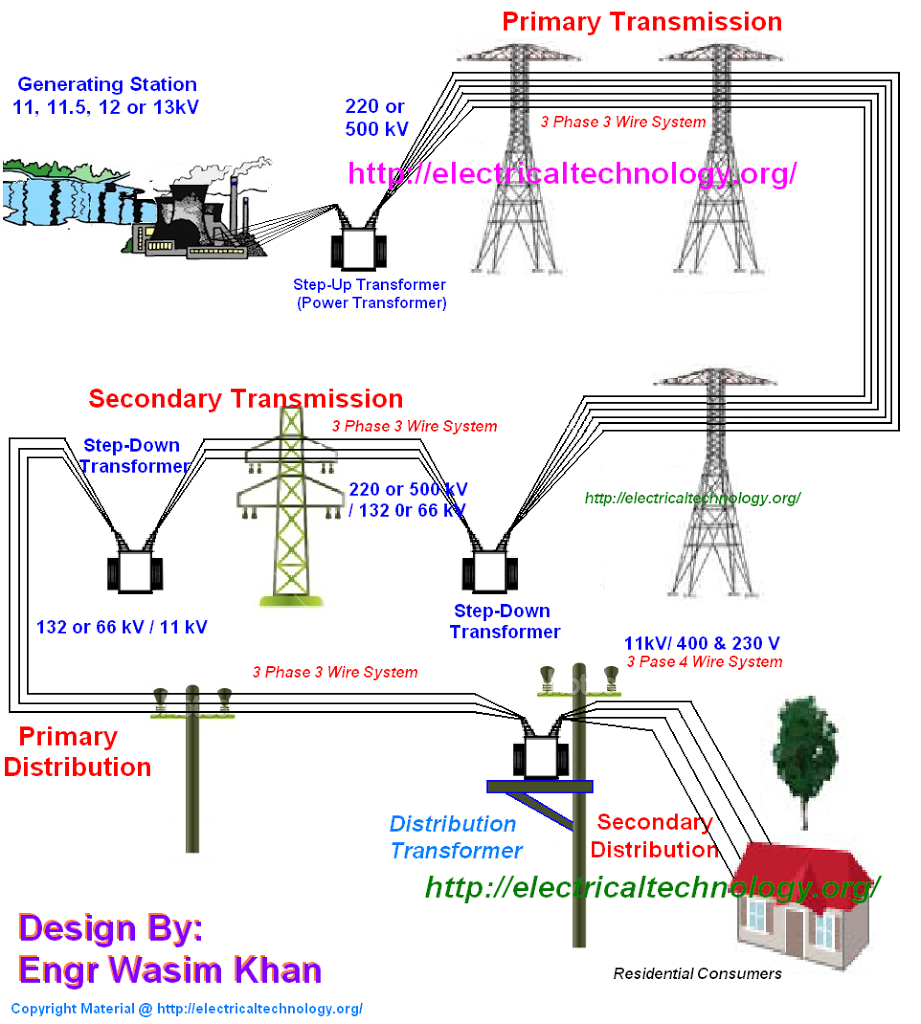Russell Reed
Member
In our dimmer room, we have a 3 phase power feed that then goes through a service disconnect and then it goes to a transformer and then it goes to another service disconnect. Why does the power need to go through a transformer? Isn't 3 phase power just 3 120V feeds each 120deg out of phase. And cant the dimmer racks we have(ETC Sensor 3 48slot rack) accept 3 phase power? I just don't understand why this transformer is there.
Thanks
Russell
Thanks
Russell




